Introduction to Manual Lifting Mechanisms
Manual lifting mechanisms are essential tools in various industrial and commercial settings, designed to facilitate the lifting and handling of heavy materials. These devices contribute significantly to workplace efficiency and safety, reducing physical strain on workers and enhancing operational workflow.
Types of Manual Lifting Mechanisms
Among the diverse range of manual lifting mechanisms, scissor lift tables are prevalent due to their unique base that expands in a scissor-like fashion as the table is elevated. Another common type is the manual crank lift, which offers precise control over the lifting process through a hand-operated crank. For operations requiring intricate height adjustments, the manual screw jack lift mechanism is a reliable choice, providing stability and support for various loads.
Applications and Features
The application of manual lifting mechanisms spans across numerous industries. Scissor lift tables are often utilized in freight handling at docks or retail environments, while manual crank lifts are suitable for tasks such as motorcycle maintenance or in settings where electrical power is unavailable. The adaptability of these tools is further exemplified by their features, including extendable platforms for reaching elevated or awkward spaces and smaller units designed for secure positioning of vehicles during repair.
Materials and Advantages
Constructed from durable materials such as reinforced steel, manual lifting mechanisms are built to withstand the rigors of heavy-duty use. The advantages of incorporating these tools into a workspace are manifold, including improved safety standards, enhanced load stability, and the elimination of unnecessary manual labor, which can lead to increased productivity.
Complementary Equipment
In some scenarios, integrating a manual lifting mechanism with complementary equipment like hydraulic lift trolleys can optimize efficiency. These trolleys can be adjusted to match the height of scissor tables, facilitating seamless transfer of goods within a facility. Additionally, hybrid models combine the sturdiness of hydraulic tables with the convenience of mobility, featuring wheels for easy maneuverability.
Choosing the Right Manual Lifting Mechanism
Selecting the appropriate manual lifting mechanism depends on specific operational needs. Factors to consider include the weight of the materials to be lifted, the required range of motion, and the spatial constraints of the working environment. It is crucial to assess these variables to ensure the chosen mechanism enhances workplace functionality effectively.

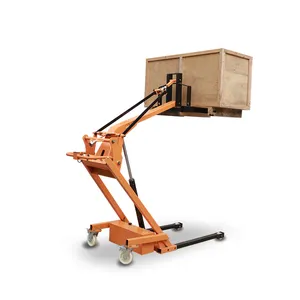






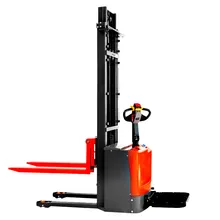

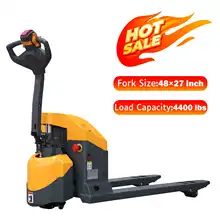






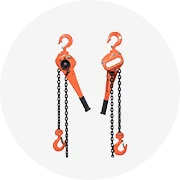
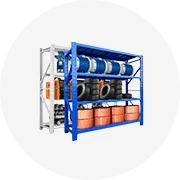
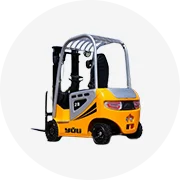








 浙公网安备 33010002000092号
浙公网安备 33010002000092号 浙B2-20120091-4
浙B2-20120091-4